Have TKO & Netflix Ruined WWE’s Watchability: The Plague of Long Entrances and Constant Adverts
Since the merger of WWE with UFC under TKO Group Holdings in 2023, and the subsequent broadcast deal with Netflix in 2025, WWE has undergone seismic changes. While the company has seen unprecedented financial success—boasting a valuation of $9.3 billion and revenue of $1.398 billion in 2023 according to Forbes—the viewing experience for fans has taken a nosedive. Two major culprits stand out: the overblown, excessively long entrances and the relentless barrage of advertisements. These elements, amplified under TKO’s profit-driven approach and Netflix’s live streaming model, have significantly eroded WWE’s watchability, alienating fans and turning what was once a thrilling spectacle into a bloated, commercialized slog.
The TKO Takeover: Profit Over Passion
When TKO Group Holdings formed in 2023, merging WWE and UFC under Endeavor’s umbrella, it marked the first time in over 70 years that the McMahon family didn’t have majority control of WWE, as noted in the Wikipedia entry on TKO. Endeavor CEO Ari Emanuel and President Mark Shapiro took the helm, with Nick Khan as WWE president, steering the company toward a corporate, profit-first mindset. This shift prioritized shareholder value over fan experience, a stark departure from WWE’s roots as a fan-driven spectacle.
Under TKO, WWE has leaned hard into revenue streams like lucrative Saudi Arabia partnerships and steep ticket price hikes—floor seats for WrestleMania 40 reportedly exceeded $10,000 for the two-night event, per WrestlingChimp.com. But the real damage to watchability has come from the on-screen product, where TKO’s influence has amplified production excesses and commercial interruptions, especially with the Netflix deal in 2025.
Netflix’s Live Streaming: A Double-Edged Sword
WWE’s move to Netflix, as part of TKO’s broadcast deals, promised a new era of accessibility and uncensored content. Triple H’s comments on The Pat McAfee Show in January 2025, as cited by TheSportster.com, assured fans that Netflix’s platform wouldn’t face censorship issues, and early reports suggested the streaming giant could handle millions of viewers simultaneously. However, while the buffering issues from the Mike Tyson vs. Jake Paul fight in 2024 didn’t plague WWE’s streams, Netflix’s live streaming model introduced a new problem: an ad-heavy structure that clashes with wrestling’s pacing.
Unlike traditional TV, where commercial breaks are slotted into predictable windows, Netflix’s live streams have experimented with dynamic ad insertion, often cutting into matches or segments at awkward moments. Fans on Reddit, like those in the r/WWE thread from April 2024, have long complained about advertising overload during Premium Live Events (PLEs), with one user, u/Interesting_Ad_9856, calling it “wayyyyyy too much” and “very distracting.” On Netflix, this issue has worsened, as the platform’s algorithm prioritizes ad revenue over narrative flow, leaving viewers frustrated by interruptions that break immersion.
The Curse of Long Entrances: Style Over Substance
Entrances have always been a cornerstone of professional wrestling, as BleacherReport.com notes: “The way a Superstar comes to the ring is a huge part of their character and can add or detract from the experience of watching them perform.” A well-crafted entrance, like The Undertaker’s haunting gong or Stone Cold Steve Austin’s glass-shattering sprint, can electrify a crowd and set the tone for a match. But under TKO and Netflix, entrances have ballooned into overproduced, self-indulgent spectacles that drag on far too long, sapping the energy from the show.
Take a typical WWE PLE on Netflix in 2025: a main event star’s entrance now averages 4-5 minutes, often featuring extended video packages, pyrotechnics, and elaborate choreography. While pyro was once used sparingly to heighten big moments—like at WrestleMania—TKO’s production team has doubled down, using it for nearly every major star at every show, diminishing its impact. The BleacherReport article highlights this issue: “If somebody has fireworks at every show, how do they make their entrance bigger when a show like WrestleMania rolls around?” The answer is, they can’t—unless they keep stretching the runtime, which is exactly what WWE has done.
These prolonged entrances don’t just test fans’ patience; they disrupt the show’s pacing. A two-hour PLE might dedicate 20-30 minutes to entrances alone, leaving less time for actual wrestling. Fans on X have voiced their frustration, with one user commenting, “I don’t need a 5-minute light show for every match. Just get to the ring and fight!” The Netflix streams exacerbate this by often cutting to ads immediately after an entrance, further stalling momentum. What should be a quick, adrenaline-pumping build to a match becomes a bloated, stop-start affair that leaves viewers reaching for the fast-forward button—if only live streams allowed it.
The Ad Avalanche: A Viewing Nightmare
Advertising has always been part of WWE, but TKO and Netflix have taken it to an extreme. The Reddit thread from 2024 already highlighted fan discontent with PLE ads, noting distractions like the Prime bottle logo on the ring mat, which was later toned down due to backlash. On Netflix, however, the ad frequency has skyrocketed. A typical two-hour WWE show on the platform might feature 15-20 minutes of commercials, often poorly timed. Mid-match ad breaks, while rare, have happened during less action-heavy moments like rest holds, but more often, ads interrupt post-match celebrations or promos, killing emotional payoffs.
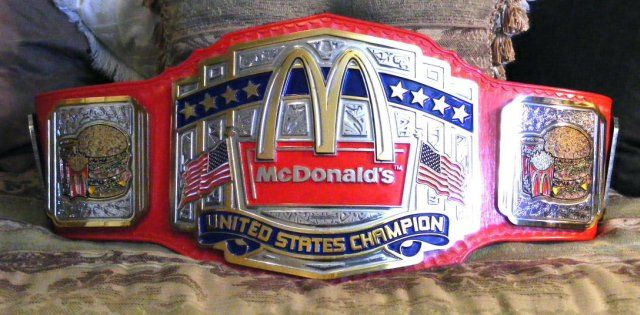
This ad saturation isn’t just a Netflix problem—it’s a TKO strategy. The company’s focus on shareholder value, as outlined in the WrestlingChimp.com piece, has led to aggressive monetization. Sponsorships are now plastered everywhere: ring aprons, turnbuckles, even wrestlers’ gear. A 2025 PLE might feature a “Mountain Dew Match of the Night” or a “Snickers Satisfaction Slam,” with forced plugs that feel jarring in the context of a heated rivalry. Fans on Reddit have lamented this, with one user stating, “If we stopped complaining about wins and losses and focused on the ads, maybe WWE would tone it down.” But under TKO, that seems unlikely—profit trumps fan satisfaction.
The Netflix model compounds the issue by lacking the structure of traditional TV. On cable, ads are predictable: a break every 10-15 minutes. On Netflix, the algorithm might insert a 90-second ad for a new series right as a wrestler is about to hit their finisher, or worse, during a heated promo. This unpredictability frustrates viewers, as there’s no rhythm to the interruptions. For a product like wrestling, where emotional investment and storytelling are key, constant ads are a death knell for immersion.
The Fan Experience: Alienation and Disconnection
The combination of long entrances and incessant ads has a ripple effect on WWE’s watchability. Fans feel alienated by a product that prioritizes spectacle and revenue over storytelling and wrestling. The WrestlingChimp.com article notes that TKO’s changes have left parts of the fanbase “fuming,” with ticket price hikes already making live events inaccessible for many. On-screen, the bloated production and ad breaks make the TV/streaming experience equally frustrating.
Consider a fan watching a 2025 PLE on Netflix: they sit through a 5-minute entrance, only for the match to start and then cut to a 2-minute ad break 3 minutes in. The match ends, another 3-minute entrance plays for the next competitor, and then another ad interrupts the post-match angle. By the end of the show, they’ve spent nearly as much time watching commercials and entrances as they have watching wrestling. As one X user put it, “I signed up for wrestling, not a light show and a sales pitch.”
This frustration is compounded by Netflix’s live streaming limitations. Unlike on-demand content, fans can’t skip ads or fast-forward through bloated entrances during a live PLE. They’re stuck, forced to endure a viewing experience that feels more like a commercial marathon than a wrestling show. The Reddit thread captures this sentiment perfectly: “The advertising on these PLEs has reached a ridiculous level and it is very distracting to me and I can only imagine others, too, I hope.”
A Call for Change: Can WWE Be Saved?
WWE under TKO and Netflix is a financial juggernaut, but at what cost? The long entrances and constant ads have turned a once-thrilling product into a test of patience, driving away casual viewers and even diehard fans. To restore watchability, WWE needs to rethink its approach:
- Trim the Entrances: Save the big, pyrotechnic-heavy entrances for major shows like WrestleMania or SummerSlam. On weekly shows or smaller PLEs, keep them under 2 minutes. Let the wrestling take center stage, not the production.
- Reduce Ad Frequency: TKO and Netflix must prioritize fan experience over revenue. Limit ad breaks to logical pauses—between matches, not during them—and cap total ad time at 5-7 minutes per hour. Fans will tolerate some commercials, but not an onslaught.
- Focus on Storytelling: Wrestling thrives on emotional investment, not corporate branding. Let the stories breathe without constant interruptions. A compelling feud doesn’t need a “Snickers Satisfaction Slam” label to resonate.
The merger with TKO and the Netflix deal have made WWE bigger and bolder, but as WrestlingChimp.com asks, “at what cost?” The answer is clear: the cost is the fan experience. Long entrances and constant ads have turned WWE into a shadow of its former self, a product more concerned with profit than passion. If TKO and Netflix don’t act soon, they risk losing the very audience that made WWE a global phenomenon in the first place. Fans deserve better—they deserve wrestling, not a commercial circus.
Welcome to Our Blog
Stay updated with expert insights, advice, and stories. Discover valuable content to keep you informed, inspired, and engaged with the latest trends and ideas.
-
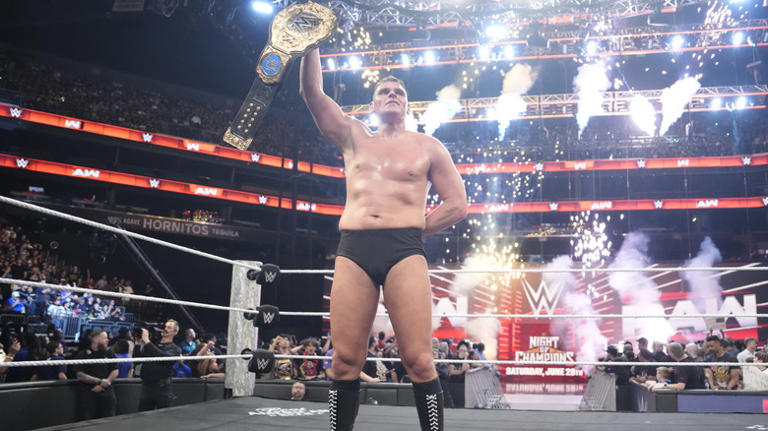
WWE’s Misfire: Goldberg’s Return on Raw and the Ill-Fated Gunther Match at Saturday Night’s Main Event The wrestling world buzzed…
-
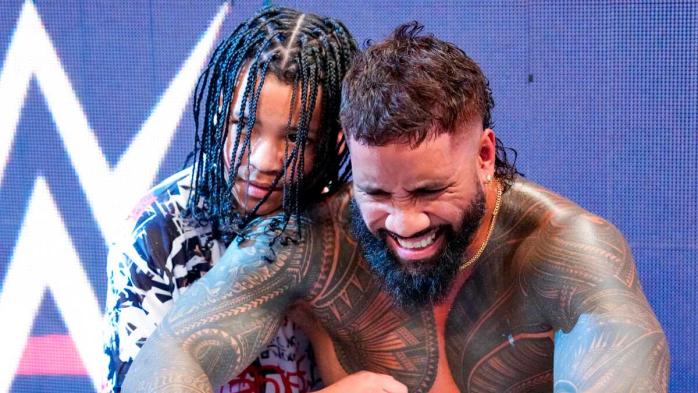
Jey Uso, one-half of the iconic Usos tag team, has carved out a unique place in WWE history. With his…
-
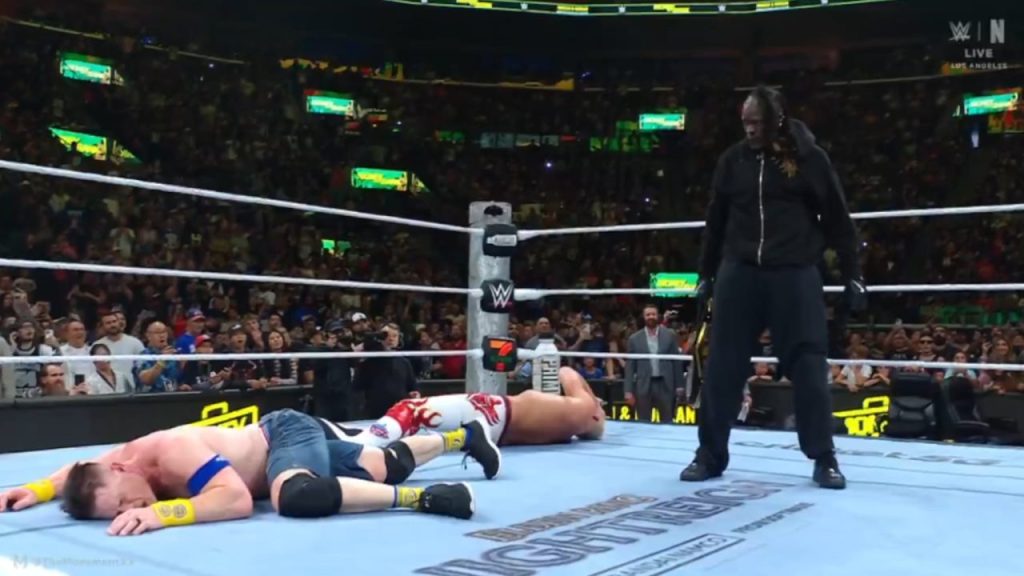
R-Truth’s Triumphant Return at Money in the Bank 2025: A Testament to Fan Power On June 7, 2025, the Intuit…
-
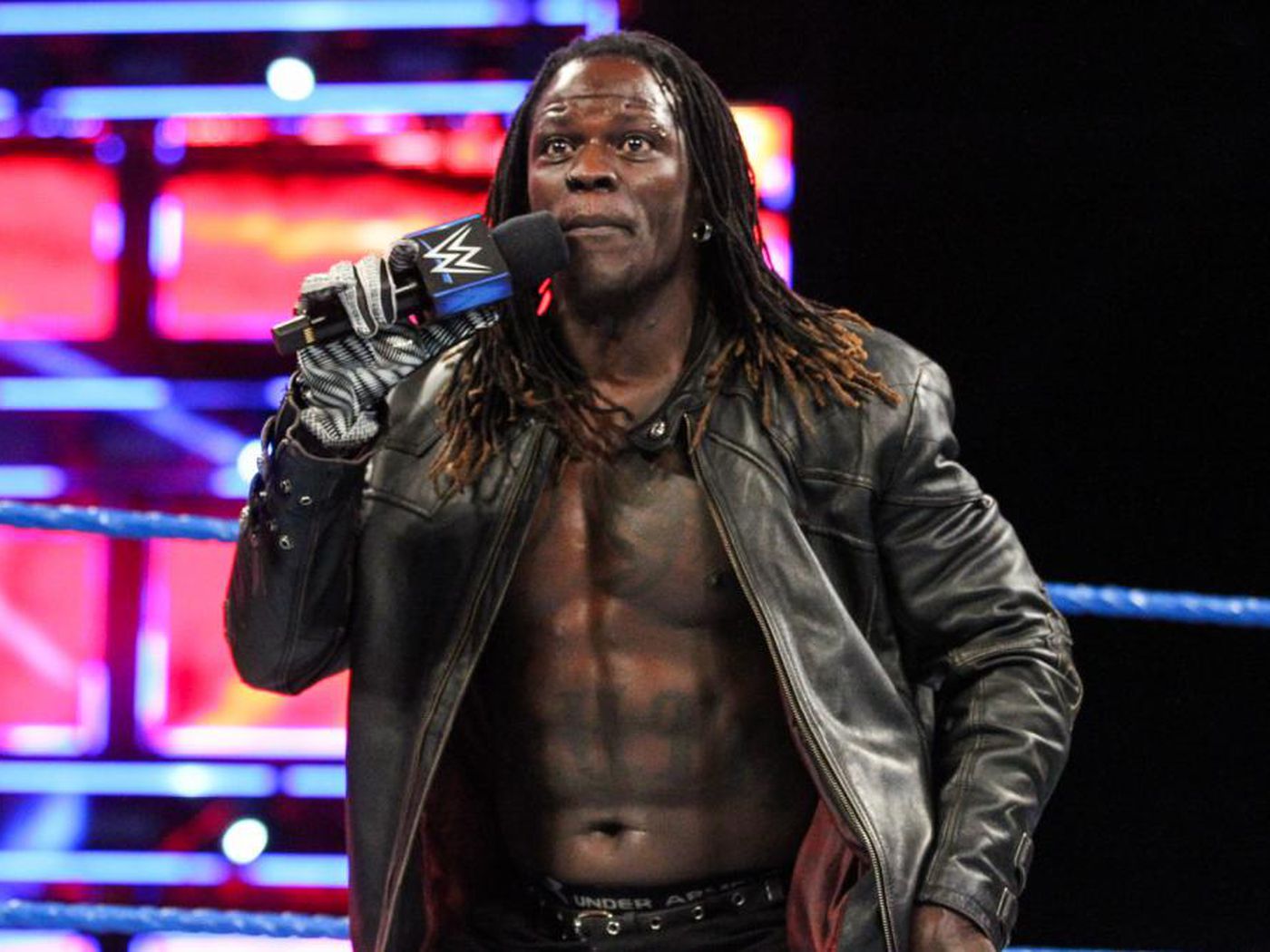
In the world of professional wrestling, few performers have captured the hearts of fans, peers, and the industry quite like…
-

Have TKO & Netflix Ruined WWE’s Watchability: The Plague of Long Entrances and Constant Adverts Since the merger of WWE…
-
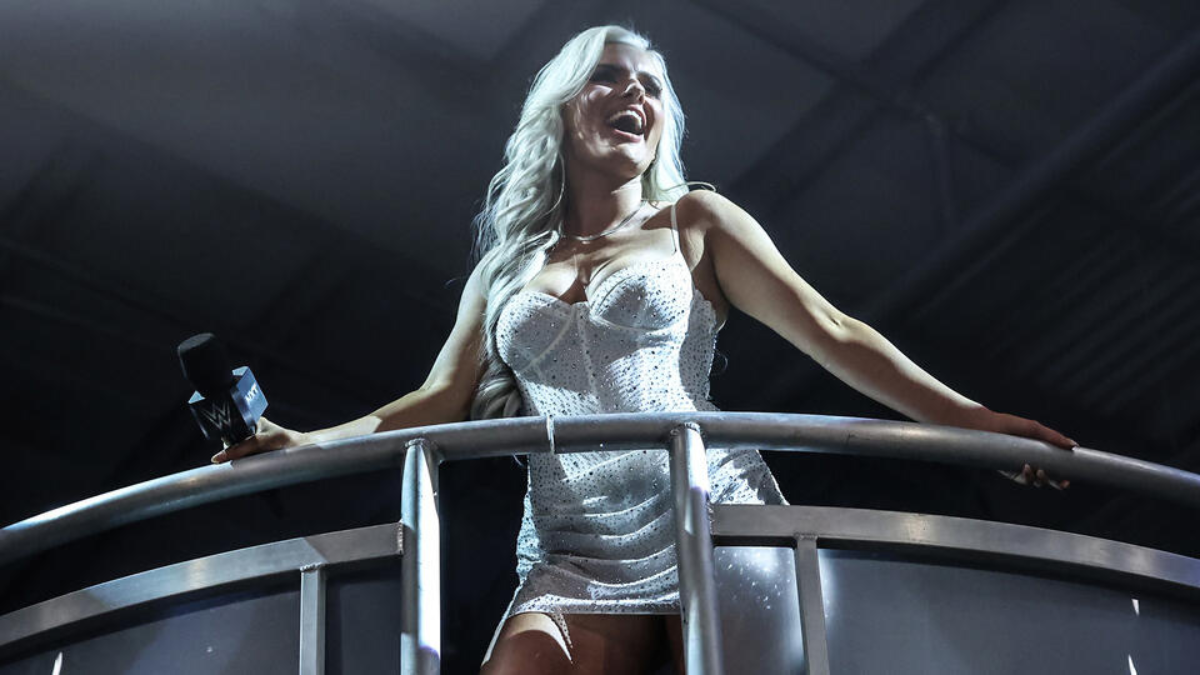
On June 3, 2025, the pro wrestling world buzzed with excitement as former AEW Women’s World Champion Mariah May made…

Leave a Reply